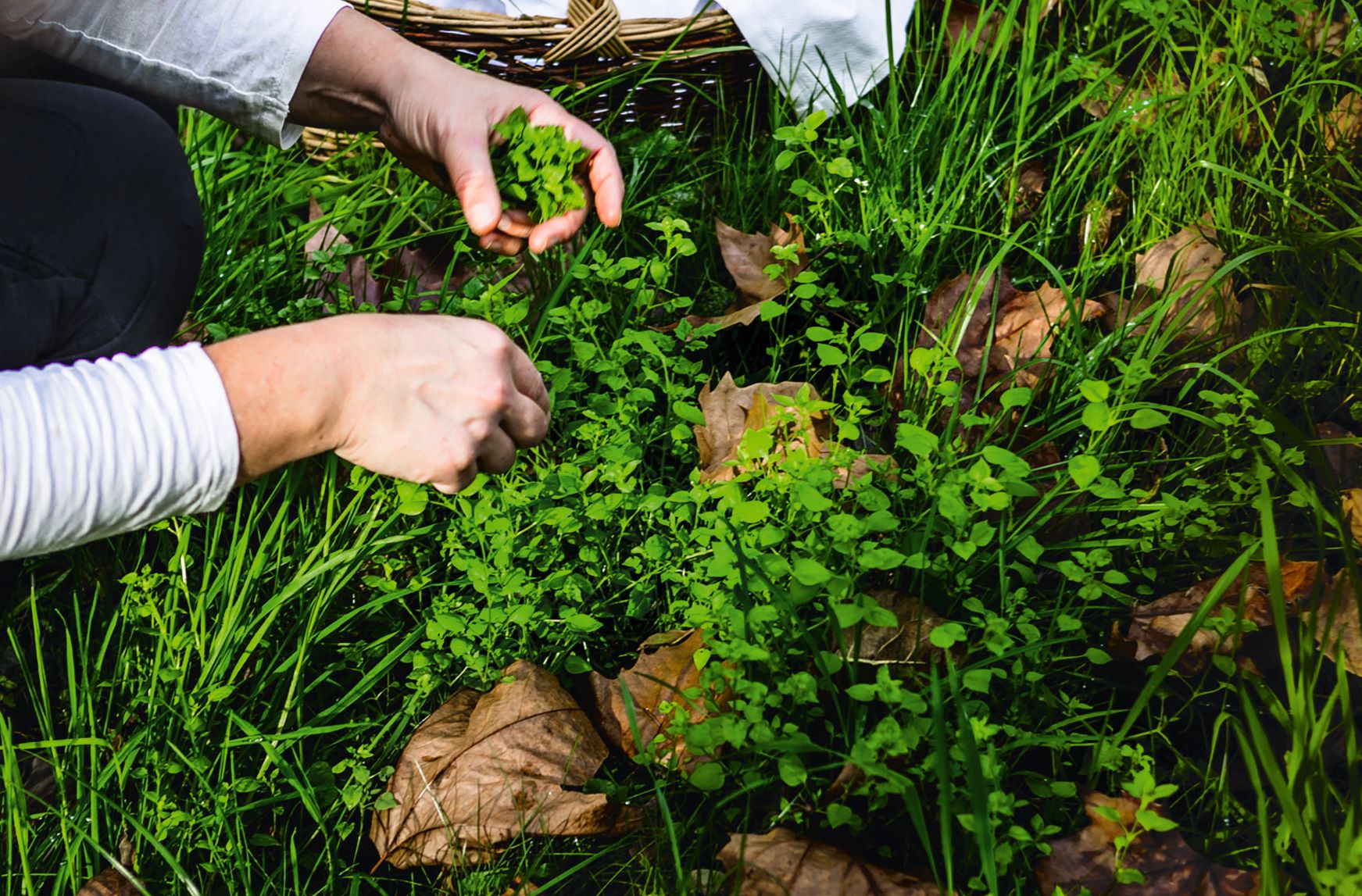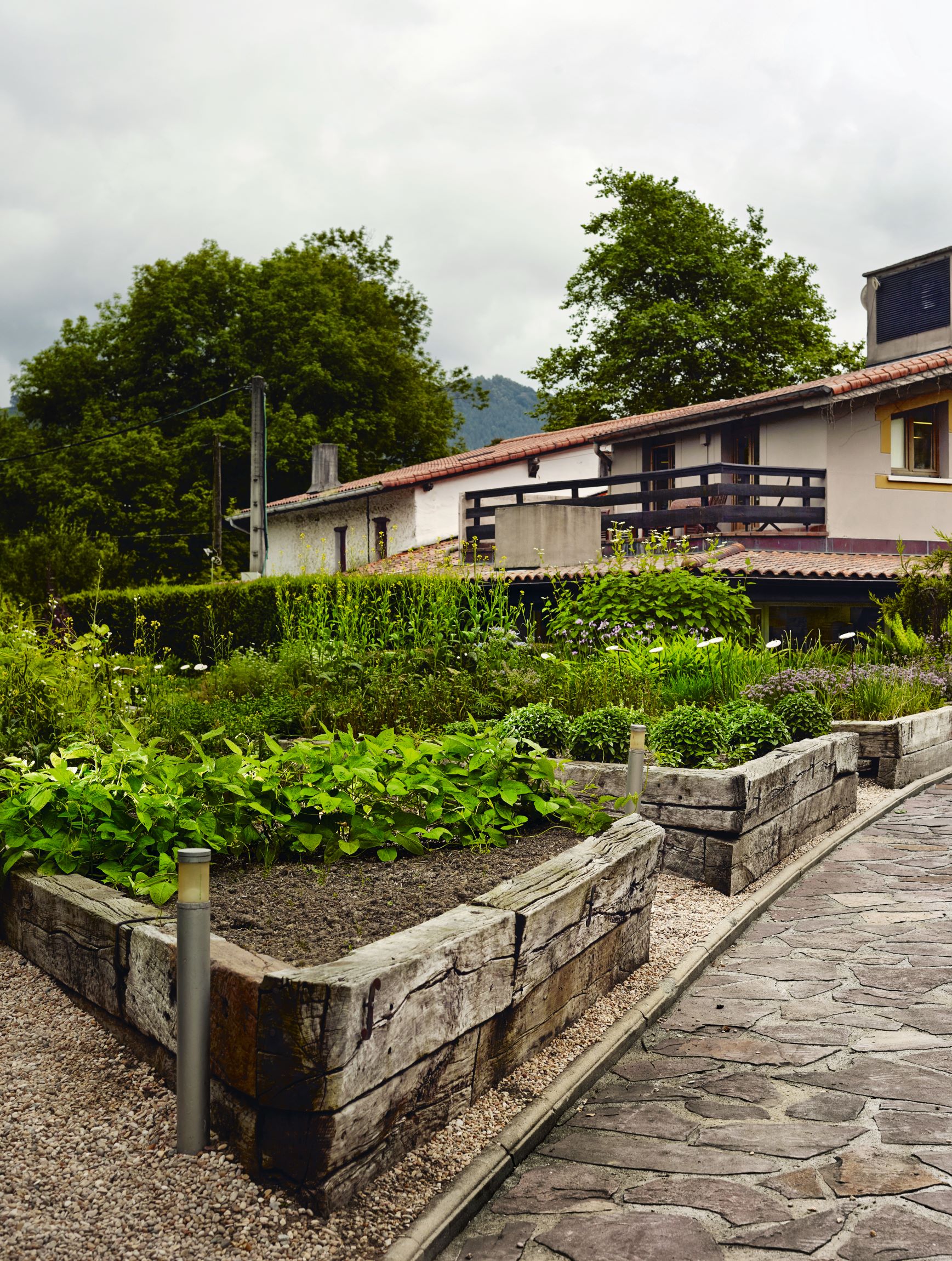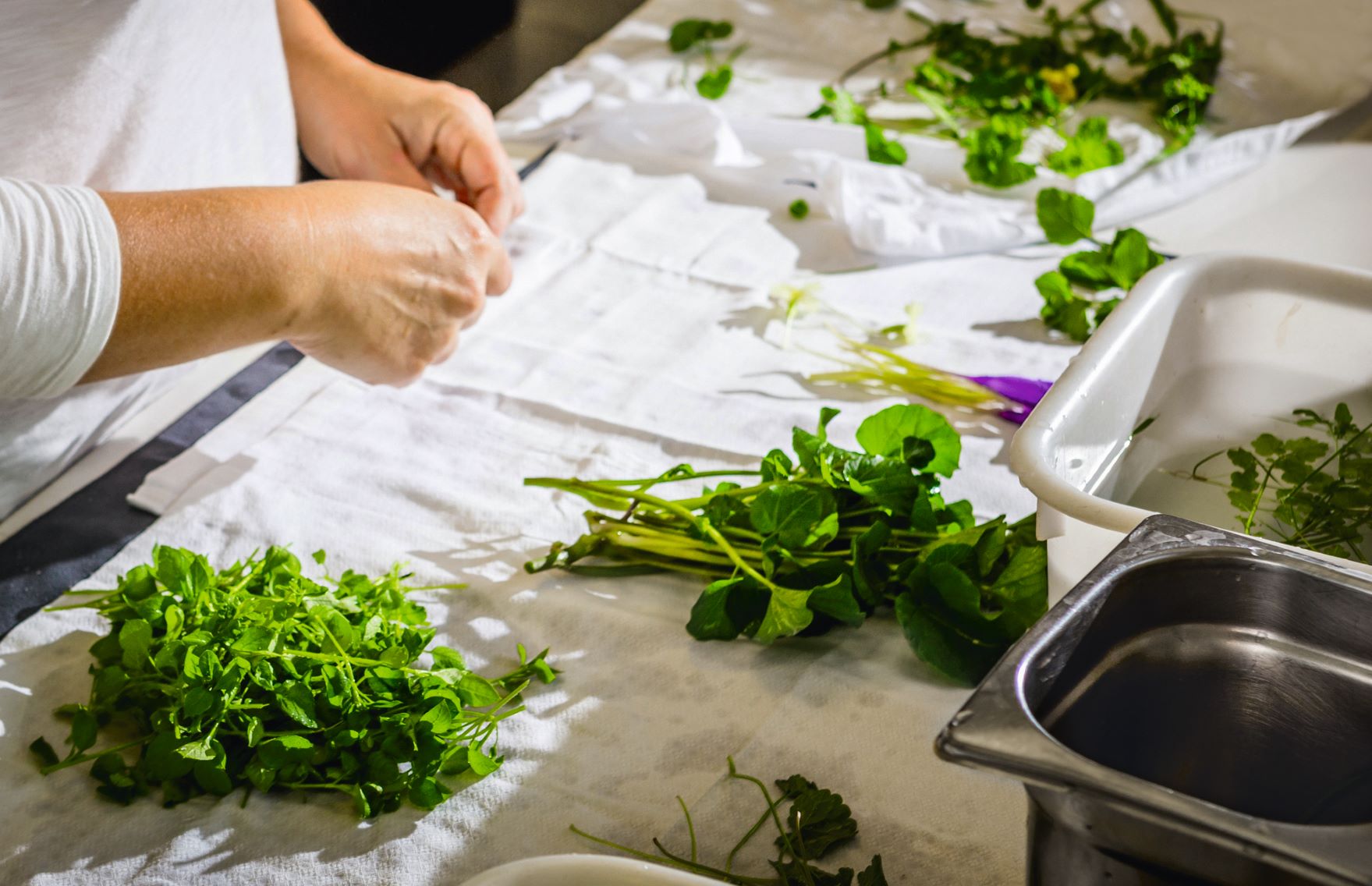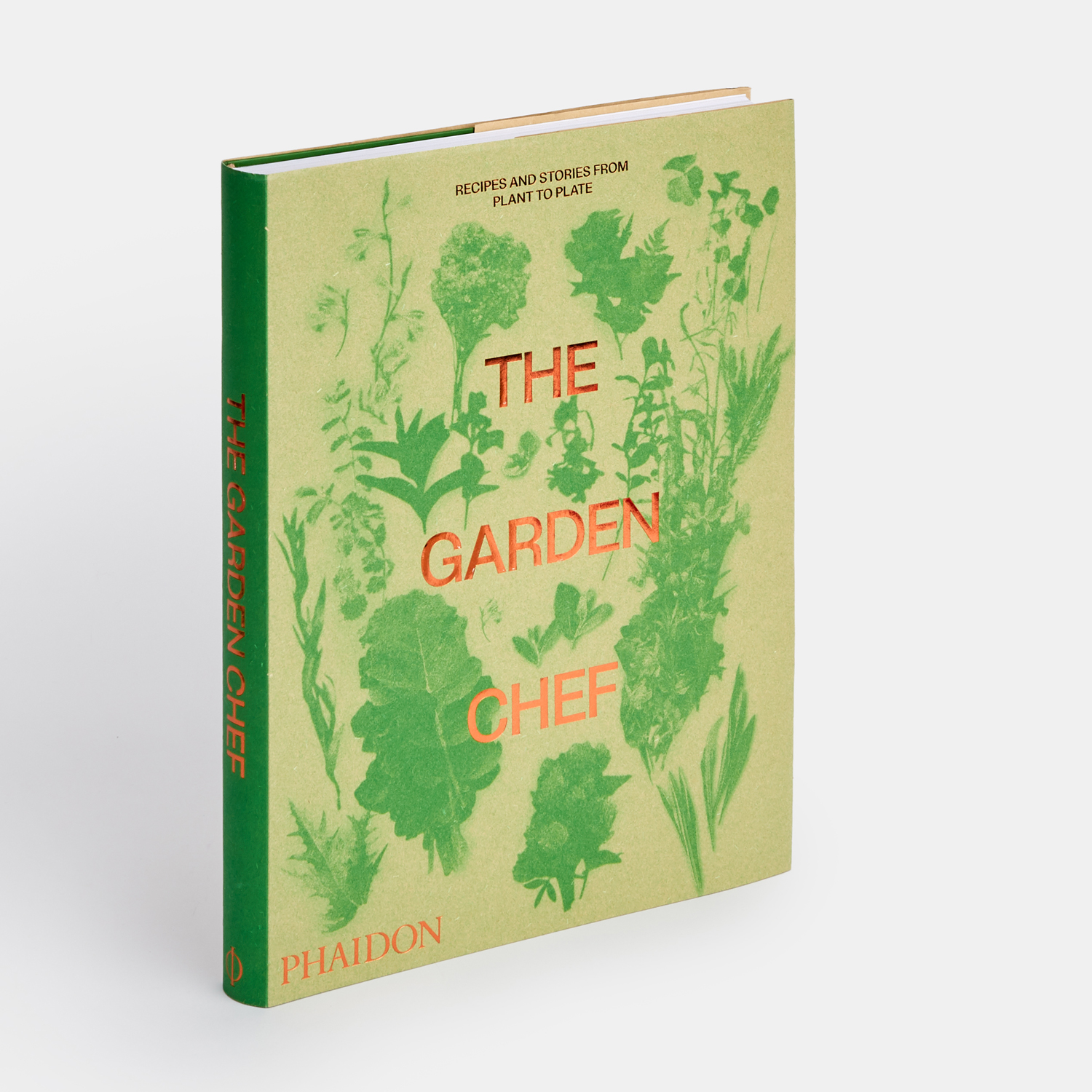
Want to garden like Andoni Luis Aduriz?
Then you have to travel! The Mugaritz chef is proudly Basque but he isn't afraid to import and plant herbs from Asia
Few restaurants are as closely linked to their natural environment as Mugaritz. The novelist John Lanchester points out in the introduction to our Mugaritz book, the restaurant's name – which is a contraction of the Basque words for ‘border’ and ‘oak’ – refers to not any tree, but specifically to the border oak that stands within Mugaritz’s grounds.
During the restaurant’s early years, when the restaurant wasn’t always full, founder chef Andoni Luis Aduriz and his brigade took advantage of their downtime to get to know the local flora a little better.
“A complete absence of bookings provided us with the opportunity to explore our gardens, the forests, and meadows beyond,” he explains in The Garden Chef. “With the help of various botanists, we learned to identify useful herbs for the kitchen, such as water mint (Mentha aquatica), pignut (Conopodium majus), cuckoo flower (Cardamine pratensis), and ground ivy (Glechoma hederacea) in a place where we’d previously only seen what looked like grass.”

However, having familiarised themselves with the local plants in their part of northern Spain – the restaurant is in the mountains, just outside San Sebastian – Andoni chose to look further afield for suitable garden introductions.
“Every time we return from a trip, we try to bring back a small piece of the culinary culture that we have visited, in the form of seeds or edible plants,” he writes. “We try to grow these new varieties and we trial them in a lab to see if we can cultivate them in the Basque Country: Mexican pepperleaf, Peruvian black mint (Tagetes minuta), Japanese ginger, papalo (an ancient Mexican herb similar to cilantro/coriander, Porophyllum ruderale), and so on.”

For Andoni, his cookery truly comes alive when these exotic plants, grown in raised beds within Mugaritz’s mountainous grounds, yield up their secrets. “It is the moment when the story of a spinach that we brought from a trip to Southeast Asia has its deepest meaning; when the homage that we pay to the Japanese pepper tree, treated with more care every year because of its delicate health, makes the most sense,” he writes. “When the table is laden with aromatic geranium, rau ram (Vietnamese cilantro/coriander, Persicaria odorata), and anise hyssop (Agastache foeniculum), it is that instant when nature, the kitchen, and the diner converge.”

To gain a better understanding of that moment, both in terms of planting techniques and recipes, order a copy of The Garden Chef here; for a deeper dive into Andoni’s cookery, get our Mugaritz book.